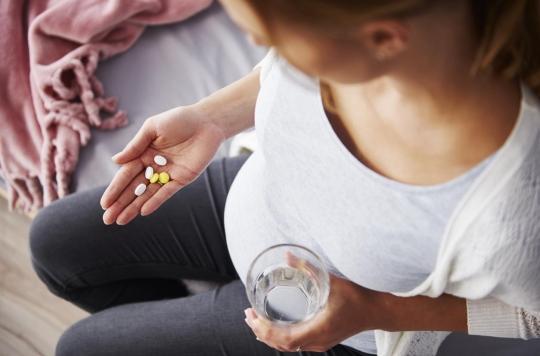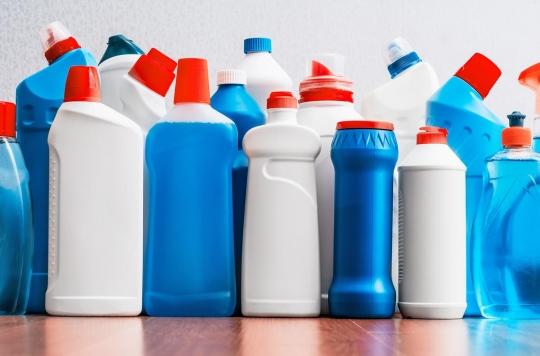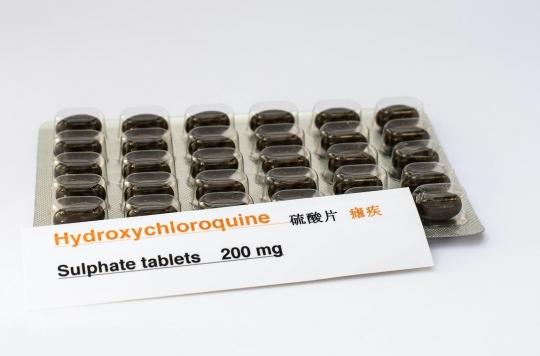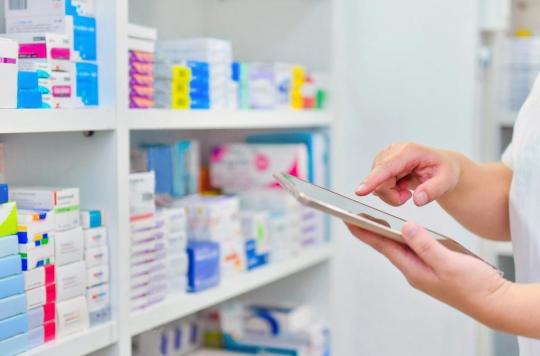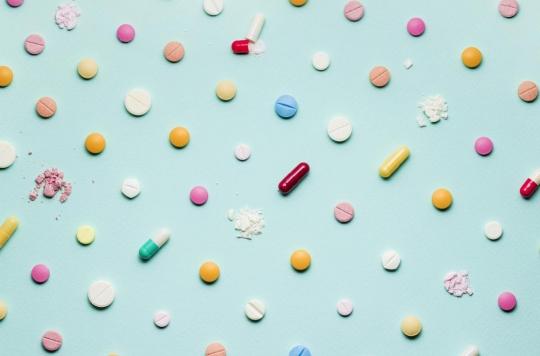In different forms, several European countries have opened up the self-medication market to points of sale alternative to pharmacies. With repercussions on prices.

Will France be able to cling to its monopoly for the distribution of non-prescription drugs for a long time to come? The note from the Autorité de la concurrence (1) advocating the opening of this market to other distributors recalled this week that the country appeared more and more isolated on the European map. In addition, the opening of online sales to pharmacies only, effective since last Friday, brings in de facto aspirin or cough syrup among everyday consumer goods and therefore obey the rules of free competition.
According to various forms, drugstores or parapharmacy, and various delivery models, presence or absence of a pharmacist, the self-medication market has been largely liberalized elsewhere. Suddenly, France is lagging behind its neighbors. Self-medication, which weighs 2.2 billion, remains below the average for other European countries (15.3% in France against 23.3% in Europe). The average annual expenditure on self-medication products per inhabitant amounts to 34.5 euros in France for a European average slightly above 39 euros.
To maintain this monopoly, its defenders put forward a shocking argument: with or without a prescription, the drug is not a product like any other. According to them, the 22,000 pharmacies spread across the territory guarantee secure delivery and traceability that no other network could compete with. In passing, they remind the public authorities that opening up this market would encourage consumption in a country already known for its excesses in this area.
The pharmacists who work in my drugstores have the same diplomas as those of pharmacies, responds in substance to Miche-Edouard Leclerc. But above all, the giant of the mass distribution affirms that this questioning of the monopoly would primarily benefit the consumer. In a large survey published in March 2012 (2), the UFC-Que Choisir wanted to know who was right. Taking the example of the 400 drugs not reimbursed for ten years (which include self-medication and others subject to prescription), the institution cites a study by Irdes showing that consumer prices have increased in average of 43%.
On the other hand, in Italy, surveys carried out by a consumer association indicate that prices would be 4.7% cheaper in alternative outlets and 17% in dedicated areas of supermarkets.
For the consumer’s bill, the UFC estimates, the savings could reach 16% on their spending on non-reimbursable drugs.
The consumers’ association does not fear a total deregulation of this market either. Taking the foreign example, she estimates the increase in the number of points of sale at + 10%. Finally, in the 4 countries which liberalized this sector in the 2000s (Denmark, Norway, Portugal and Italy), the annual growth in drug consumption was equal to or lower than that of France.
(2) Self-medication: Against diagnosed ailments, the UFC-Que Choisir offers its antidote
.










